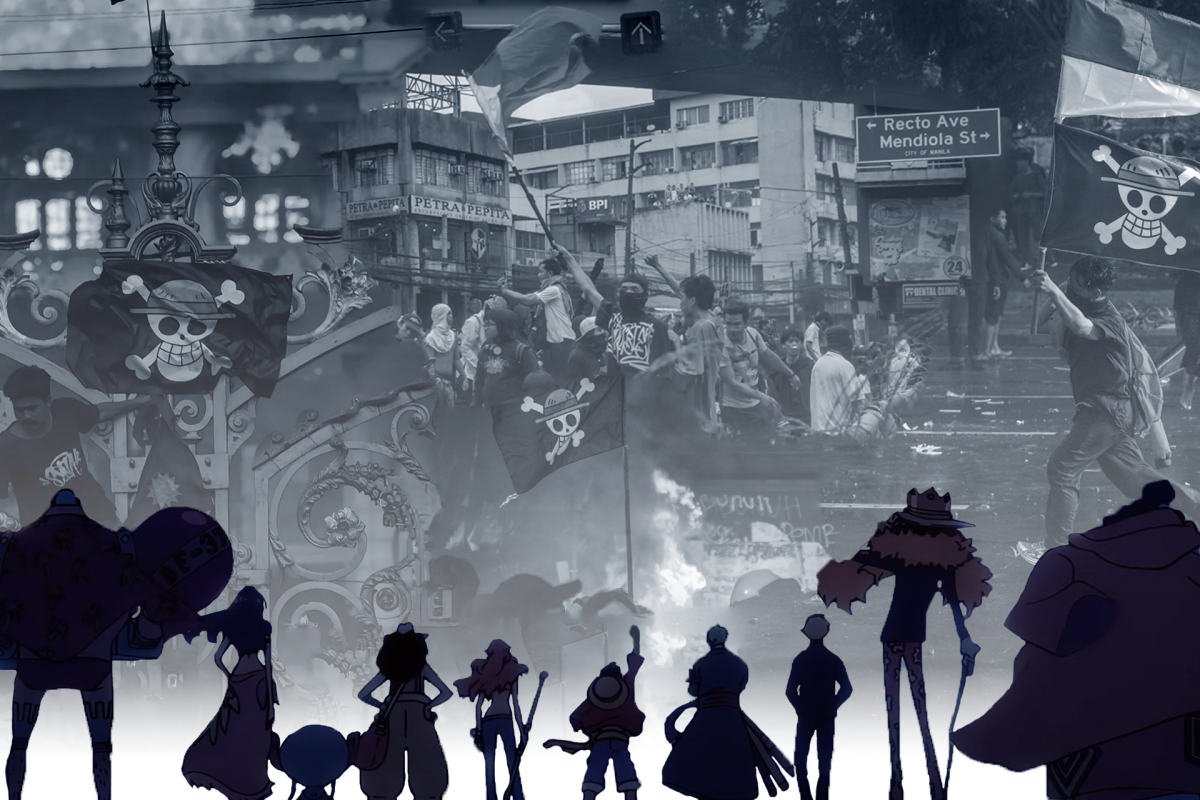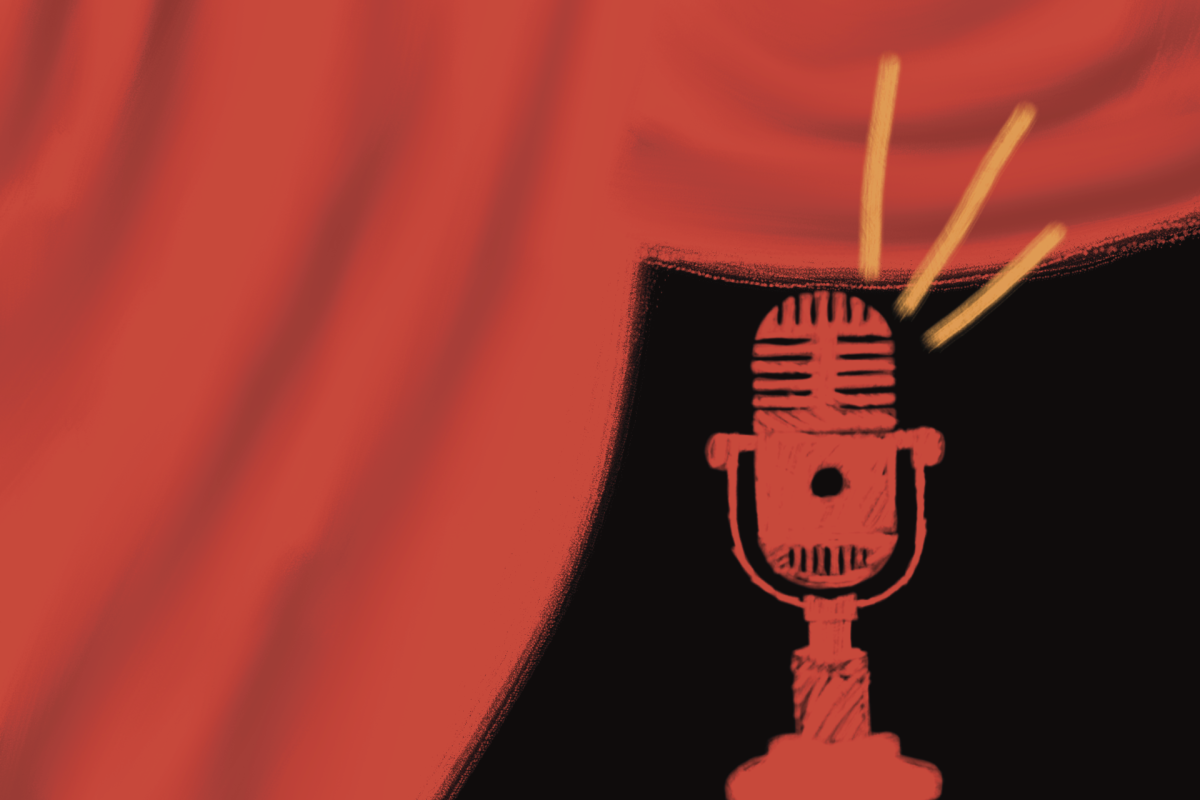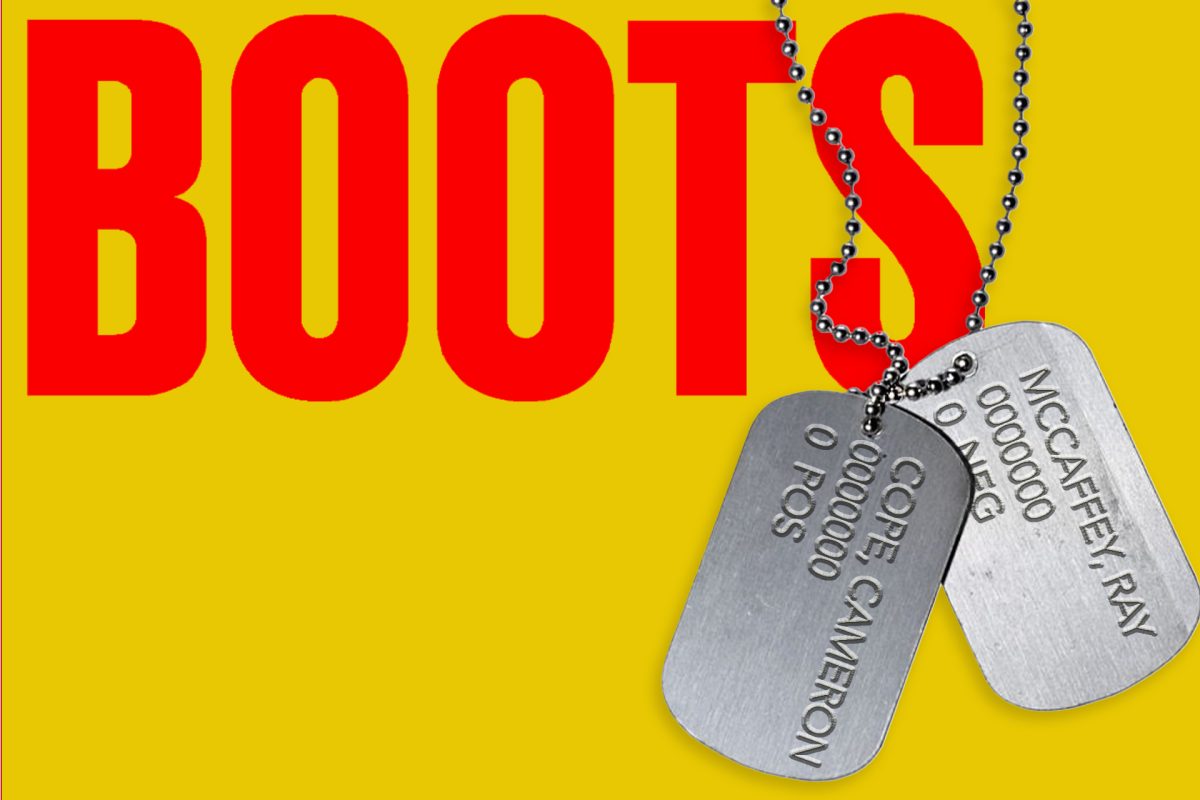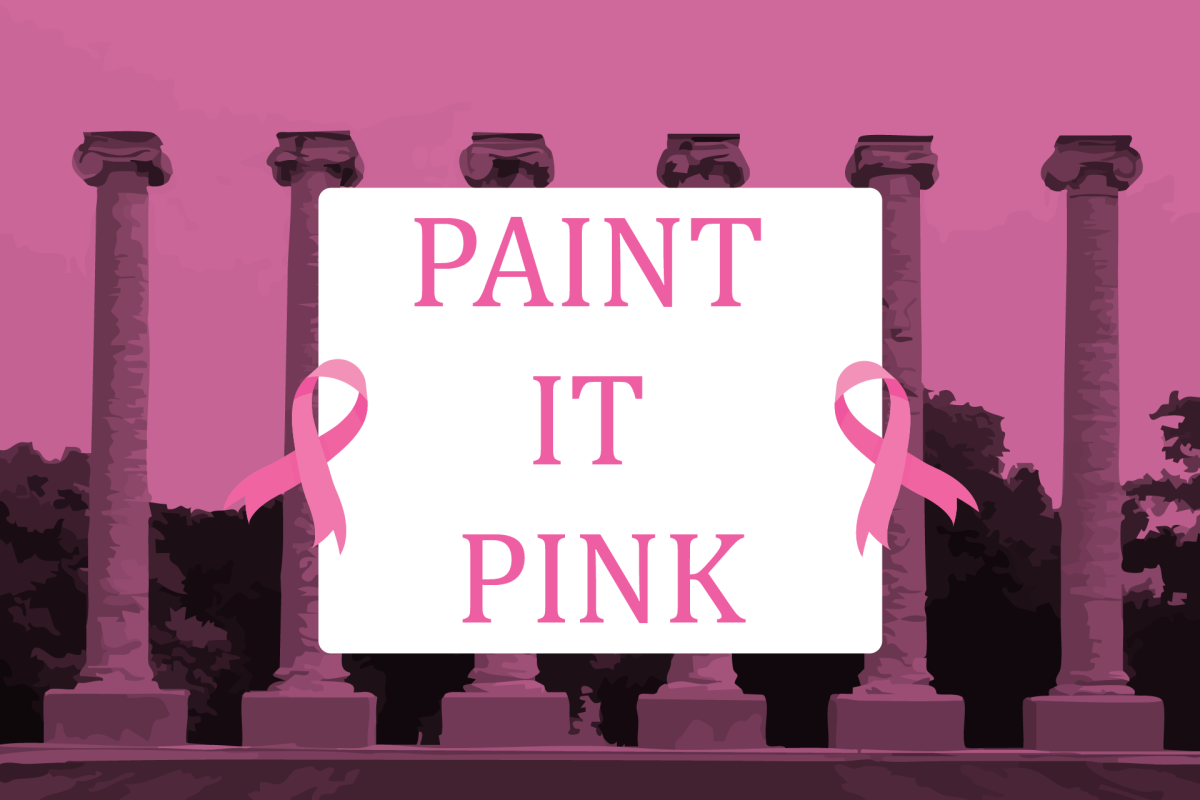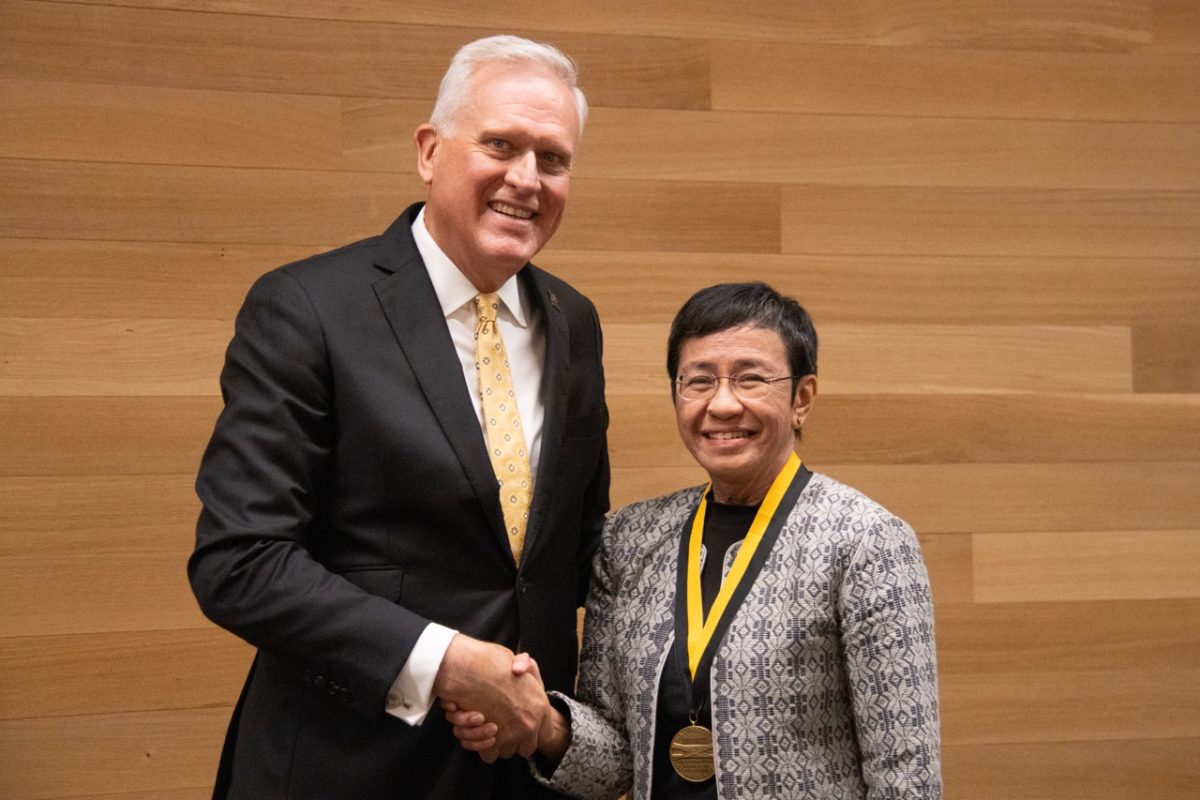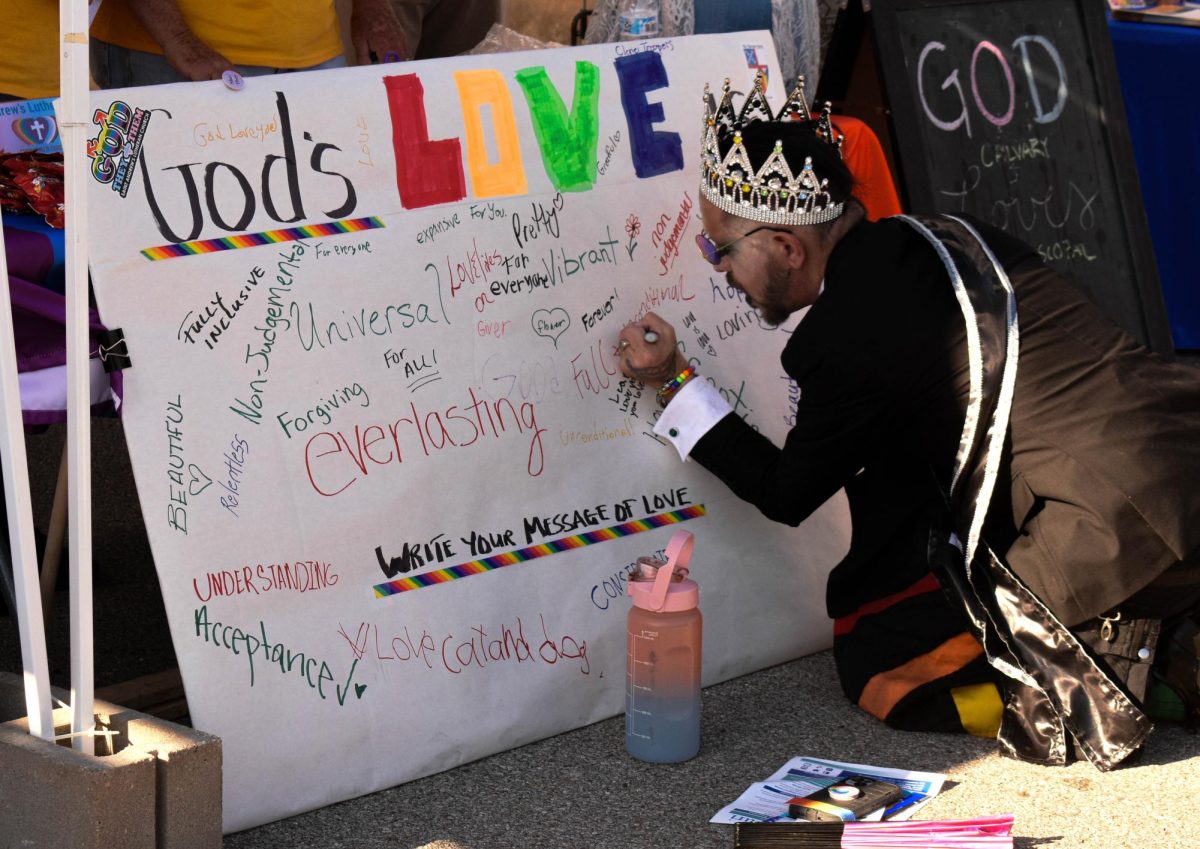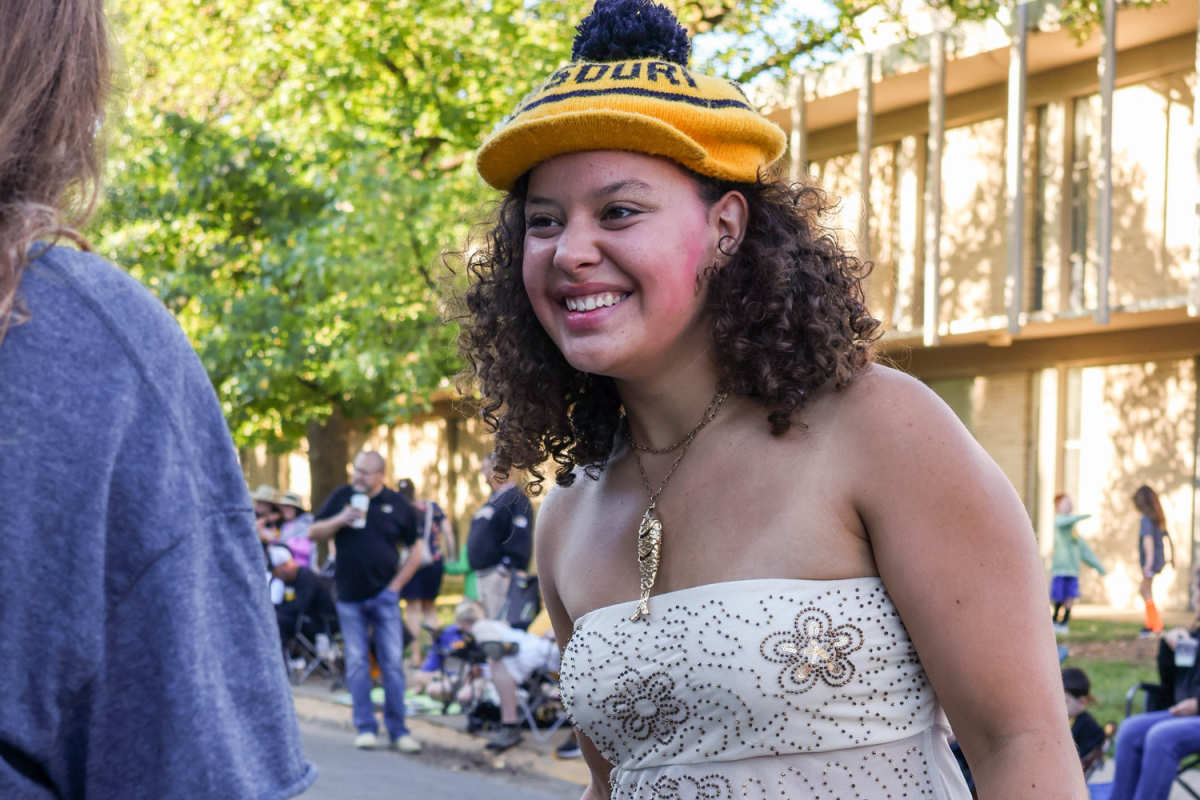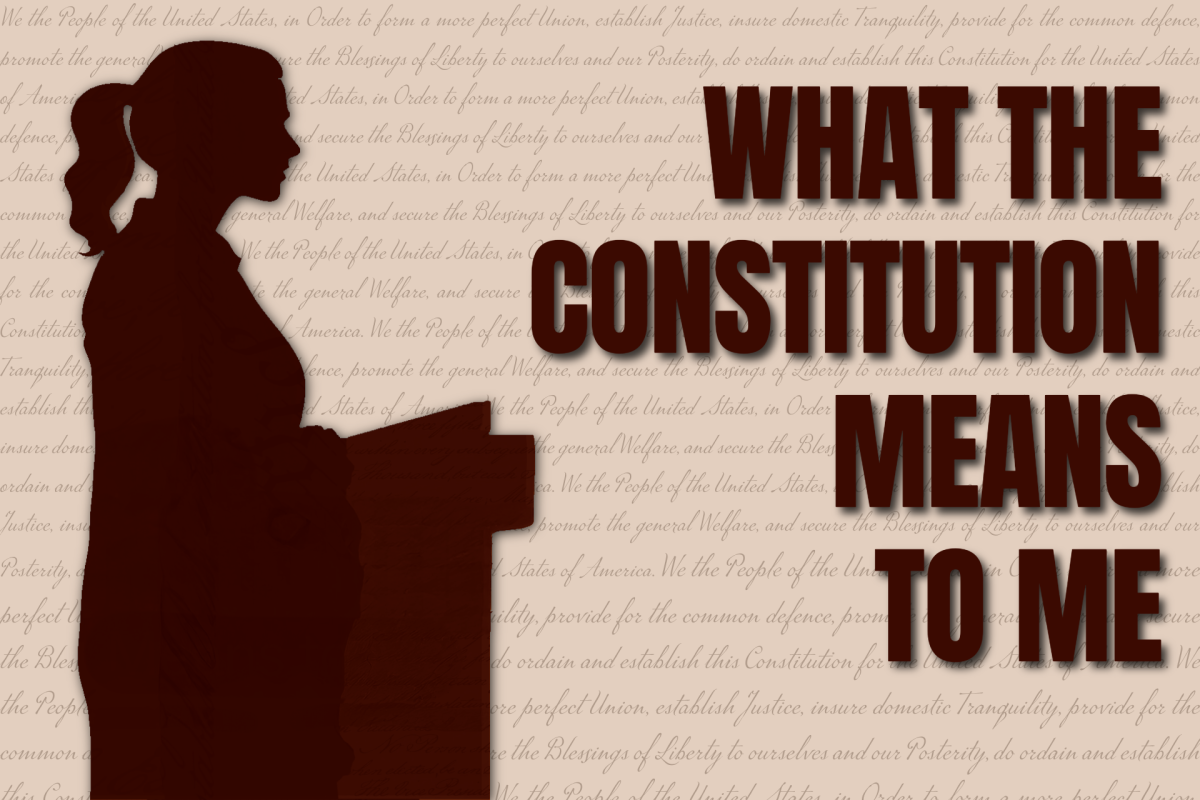Citizens of Africa, a continent spanning thousands of miles and containing thousands of cultures, came together under one roof Saturday night to give American audiences a taste of various styles of dance and percussion. The organization that brought these groups together is Wontanara. The troupe’s name comes from a word used in the West African nation of Guinea, and it translates to “we are one.”
Artistic Director Julie Staveley-O’Carroll managed to bring performers from all across Columbia, the U.S. and Africa to participate in the celebration. Staveley-O’Carroll originally began to study the art of African dance in 2000 in Pennsylvania and began to develop an interest in the nation of Guinea specifically.
“Myself and another community member, Pam Fleenor-Benton, set up [Wontanara] together and then we all worked as a team to make it grow,” Staveley-O’Carroll said. “Our mission is to celebrate diversity in Columbia through the performing arts of Africa. We just want to share it with our community and bring people together.”
Since the founding of the nonprofit in 2018, Wontanara has pulled in dancers from various corners of Africa and given them a platform to impact the community through their individual performing arts styles. From Zimbabwe to Guinea to Nigeria, dancers, drummers and other artists shook audience members to their core with their resounding talents. The deep beats of the drums, vocal techniques and steps all came together to create a mixture of powerful sensations that overcame audience members and made them an integral part of the act.
Guinea native Seny Daffé grew up with dance as an integral part of his culture. The rhythms and beats almost create a language, and every single movement, beat and step has a specific meaning, like words in a sentence. Daffé, who now lives in Vermont, comes to Columbia yearly.
“I have studied dance since I was seven, because in Africa, dancing and drumming is part of our culture,” Daffé said. “It surrounds you, and it surrounded me all the time … All the dance and music in Africa means something; we don’t dance for fun. I mean, dancing is fun, but in Africa all dance means something.”
For Missouri-based Wontanara members, this organization has been an integral part of their experience with dance as a whole. Johanna Milord, originally from New York, had practiced the art of dance for much of her life but has only recently become involved in African styles of dancing; It’s a great way to keep her connected.
“Since I was a little kid, I did ballet and tap, but African dance is more new for me,” Milord said. “It was great, it was more freeing, less rules and less rigidity. When you dance with a studio or with a school team, it’s very technical, you have to be perfect. There’s synchronization in African dance, but it’s more about expression and creativity. Wontanara has helped enrich my cultural life in Missouri.”
Africa is a continent with some of the oldest forms of art, with civilizations and cultures spanning back thousands of years to the very cusp of human history. The first steps of humankind as we know it were in Africa. Since then, the arts, dance and percussion of the continent have shaped the human experience of performing arts as a whole worldwide.
In 2013, Staveley-O’Carroll traveled to Guinea for the first time and was inspired to bring the art of dance back with her and give Americans a broader window into the culture of Guinea and Africa as a whole. The immersive nature of Guinea’s dancing, and the happiness of Guinea’s people gave her a window into developing a content community.
“Guinea is so different,” Staveley-O’Carroll said. “It’s a really beautiful culture and they really value music and dancing. People don’t have a lot of money in Guinea and they’re actually really content … they value community and always help each other. We want to continue what we are doing, and one of our goals is to foster community.”
_Edited by Janae McKenzie | [email protected]_





